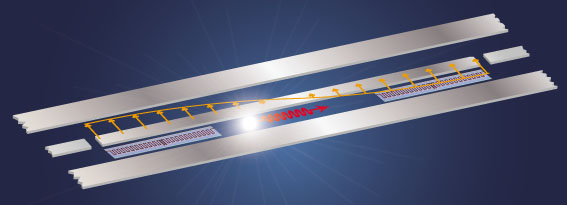New qubit design provides parity bit for Schrödinger cat states
Ars Technica » Scientific Method 2014-07-14
The RAM in our computers is constantly refreshed to ensure that it maintains the intended information. For most of us, however, a bit flipped somewhere in the memory of our cell phones or laptops is no big deal. But in many data situations, like banking or rocketry data, a flipped bit can be catastrophic. For this, there's error-correcting RAM, which does exactly what its name implies: catches and fixes any errors that occur.
One way to catch an error involves what's called a parity bit. These bits are tacked on to the end of a larger collection of bits (typically a byte) and simply indicate whether the collection sums up to an even or odd number. If the parity and the contents of the byte don't match, then an error must have occurred.
Although the ability to catch and correct errors is very useful in traditional RAM, it may be even more essential in quantum memory, as most of these memory technologies have a fairly short life span before they interact with their environment and lose their contents. In a potential step toward error correcting quantum memory, researchers have created the first quantum parity bit, which keeps track of the number of photons stored in a neighboring optical cavity.
Read 9 remaining paragraphs | Comments
